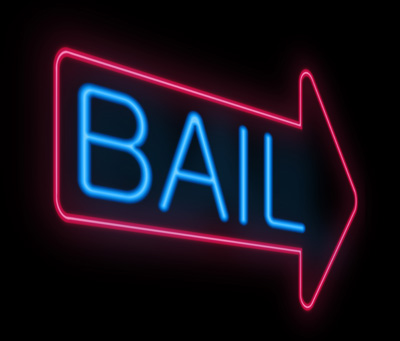When someone is arrested and charged with a crime, one of the first issues they face is whether they will be released from custody while awaiting trial. This is where bail and bond come into play. Understanding these concepts is crucial for anyone involved in the criminal justice system, whether as a defendant, a family member, or simply a concerned citizen. This blog will break down the roles of bail and bond, how they work, and their implications in criminal cases.
What is Bail?
Bail is the amount of money a defendant must pay to be released from jail while awaiting trial. The primary purpose of bail is to ensure that the defendant returns to court for all their scheduled appearances. If the defendant appears in court as required, the bail money is returned at the end of the case, regardless of the outcome. However, if the defendant fails to appear, the bail is forfeited, and a warrant for their arrest may be issued.
How is Bail Determined?
Bail is typically set during a bail hearing or arraignment, where the judge considers several factors, including:
- The Severity of the Crime: More serious crimes usually result in higher bail amounts.
- Defendant’s Criminal History: A history of failing to appear in court or previous convictions can lead to higher bail or even denial of bail.
- Flight Risk: If the defendant is considered a flight risk, bail may be set higher to ensure their return to court.
- Community Ties: Defendants with strong community ties (e.g., family, employment) are often seen as less likely to flee, which can result in lower bail.
What is Bond?
While bail is the amount set by the court, a bond is a financial guarantee posted on behalf of the defendant. There are two primary types of bonds:
- Cash Bond: The defendant or someone on their behalf pays the full amount of bail in cash.
- Surety Bond: Often facilitated by a bail bondsman, this involves paying a percentage of the bail amount (usually 10%) to the bondsman, who then posts the full bail amount. The fee paid to the bondsman is non-refundable.
The Bail Process
- Arrest: After an arrest, the defendant is booked and placed in jail.
- Bail Hearing: A judge sets the bail amount based on the aforementioned factors.
- Posting Bail: The defendant can post bail through cash or a bond. If unable to afford bail, they might remain in custody until their court date.
- Release: Once bail is posted, the defendant is released from custody but must adhere to certain conditions, such as travel restrictions or regular check-ins.
- Court Appearances: The defendant must appear in court for all scheduled hearings.
- Resolution: After the case concludes, the bail money is returned if the defendant met all court obligations. If a bond was used, the bondsman keeps their fee.
Why Bail and Bond Matter
The concepts of bail and bond are critical for ensuring that defendants can continue their lives while awaiting trial. This is important for several reasons:
- Presumption of Innocence: Bail allows defendants, presumed innocent until proven guilty, to avoid the hardships of pretrial detention.
- Preparation for Defense: Being out on bail enables defendants to better coordinate with their attorneys and gather evidence for their defense.
- Economic Stability: Maintaining employment and family responsibilities is easier when the defendant is not in custody.
Conclusion
Bail and bond play essential roles in the criminal justice system by balancing the need to ensure defendants return to court with the principle of presumed innocence. Understanding these concepts can help defendants and their families navigate the legal process more effectively. If you or a loved one is facing criminal charges, consulting with a knowledgeable criminal defense attorney can provide valuable guidance on bail and other critical aspects of your case.
Alexander Truluck focuses his practice as a criminal defense attorney in Clearwater, Palm Harbor, Largo, Dunedin and the Tampa Bay area.
For more information, visit our website at http://www.criminallawyerclearwaterflorida.com
or call (727) 799-3550.


